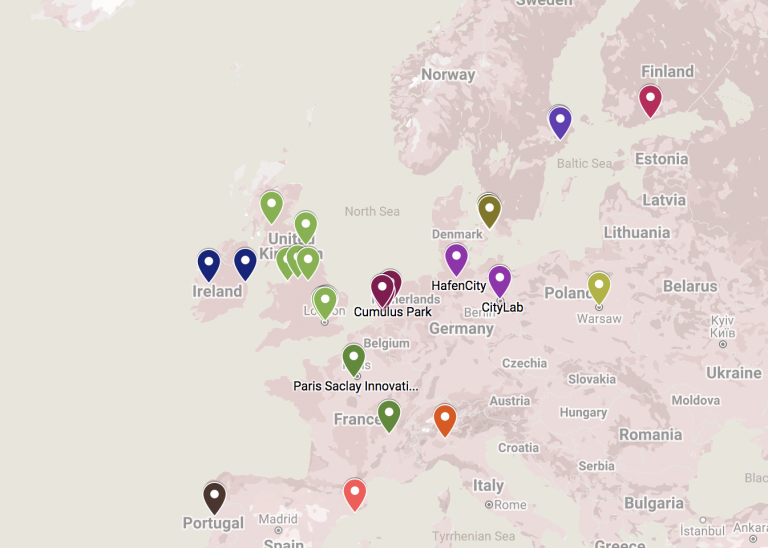
Every year since 2006, the European Union’s Joint Research Center (JRC) surveys the top 1,000 EU-based corporations (the EU1000) about their R&D strategies. Using the results of this survey (featuring 134 responding corporations this year), the JRC has identified several interesting R&D trends. These should prove useful for identifying collaboration opportunities with European firms.
The firms surveyed, which range in size from less than 2,500 to more than 50,000 employees, have truly global R&D footprints. Only 9 of the firms surveyed perform R&D in a single country, while over 1/3 of the companies perform R&D in 10 or more countries. Access to research talent (both quality and quantity) is the primary factor in determining where to focus R&D, while labor costs were the least important. Countries with highly-educated workforces were considered top prospects for R&D centers. Germany is the most popular place in the EU, with over 40 companies listing it in their top 3 countries for R&D. The United States was selected by over 60 companies as a top 3 location, making it the most popular location for R&D overall. Additionally, R&D spending by EU-based firms is expected to grow most substantially in India over the next few years – a whopping 10.4%. China had previously been the winner in this category, but is still the undisputed runner-up, with an 8.4% expected increase. The placement of manufacturing activities is most strongly influenced by access to markets, causing manufacturing activities to be more evenly dispersed around the world.
R&D operations at the surveyed European firms are not exempt from the commotion surrounding Brexit. In 2018, only 4% of the responding companies expected Brexit to impact their R&D strategy. However, the number of concerned companies quadrupled (to 16%) for 2019. UK-based firms and firms with R&D activities in the UK were more likely to expect an impact.
A majority of the reported R&D investment reported in 2018 – 75% of it – went to development and applied research. Basic research accounted for only 9% of R&D investment. This distribution has been relatively constant since 2016 when the survey first collected this type of information. These companies, which represent the most successful firms in Europe, have consistently emphasized development over research. Because of this, the authors suggest that such a distribution could indicate an optimal allocation of in-house R&D resources. After all, there are other players in the innovation ecosystem that specialize in basic research (universities, publicly funded research institutes, and deep tech startups). Perhaps the basic research is best left to them. We suspect that open innovation tools like SeedSprint will be valuable in connecting large, private companies with these basic research players, so that EU1000 companies can focus even more on the development and applied research they specialize in.
Small firms (<2,500 employees) invest significantly more in basic R&D than average (15%). Interestingly, R&D budgets for medium-sized firms (2,501 and 10,000 employees) emphasize the acquisition of machinery, equipment, software, and buildings. Automotive and transport firms spent the least on basic research while chemicals and materials companies spent the most.
According to the surveyed executives, the most important research areas for staying competitive in the future were sustainable technologies, AI, and big data. In line with the European Green Deal, all but 2 of the companies surveyed have environmental sustainability policies in place or plan to implement them in the next 5 years.
Check out the full report here! Though we tried to highlight some of our favorite points in this piece, the report explores all issues in more depth.



